 |
|
SPRING IN DEATH VALLEY
April 2005: An extravaganza wildflower bloom
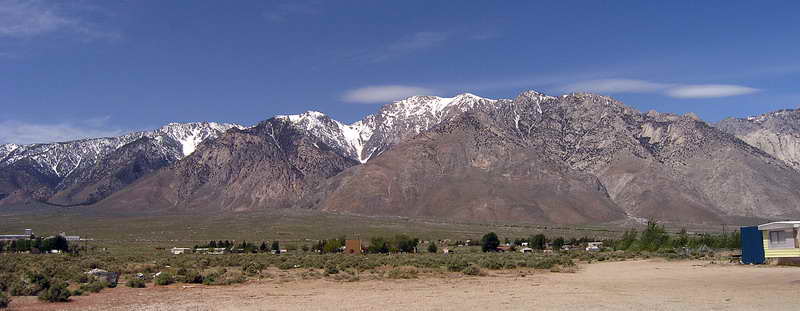
Southern terminus of the Sierras, at Olanche. junction of Highway 395 and 190, and the western gateway to Death Valley.
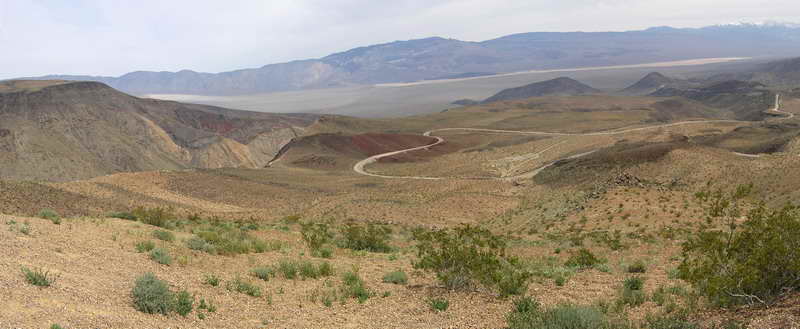
A long view of the Panamint Valley and the mountains the form the western border of Death Valley. We stopped at the Faher Crowley Point to get our first look of this year's desert wildflowers.
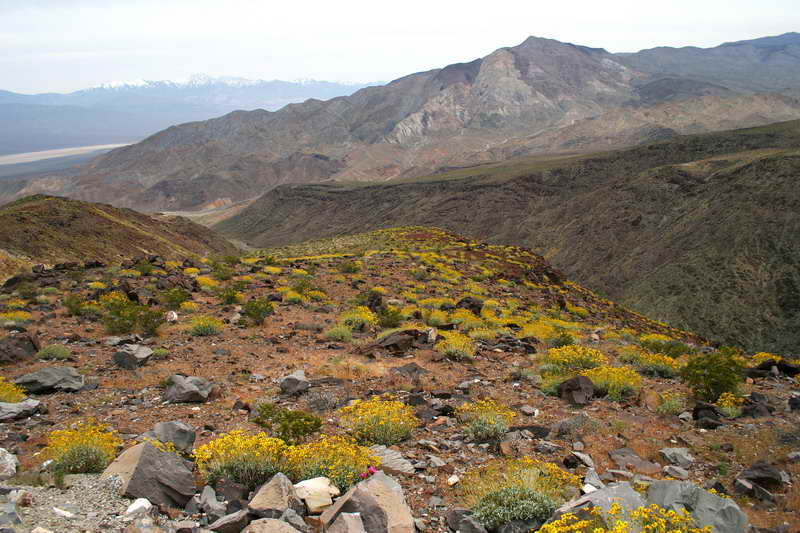
Golden patches of yellow--desert sunflowers in full bloom.
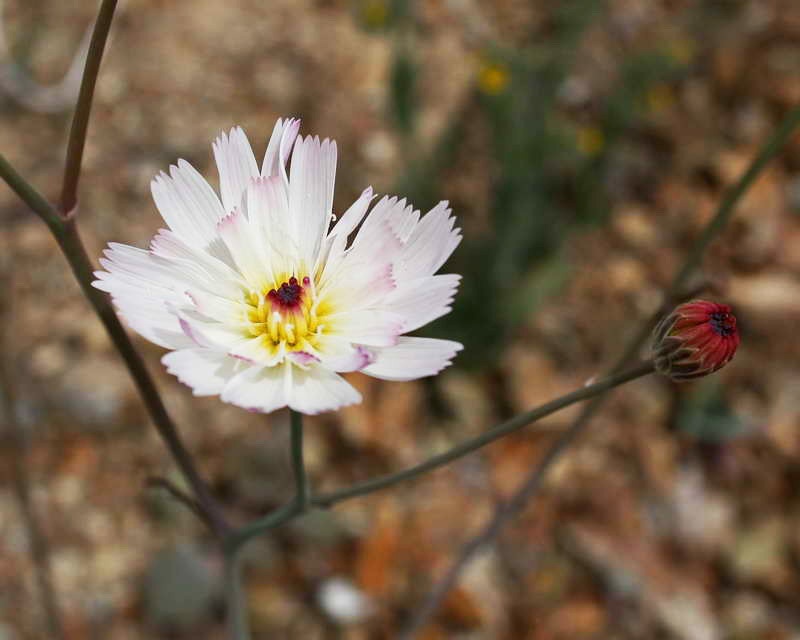
Gravel Ghost (Atrichoseris platyphylla) dots the dry slopes.
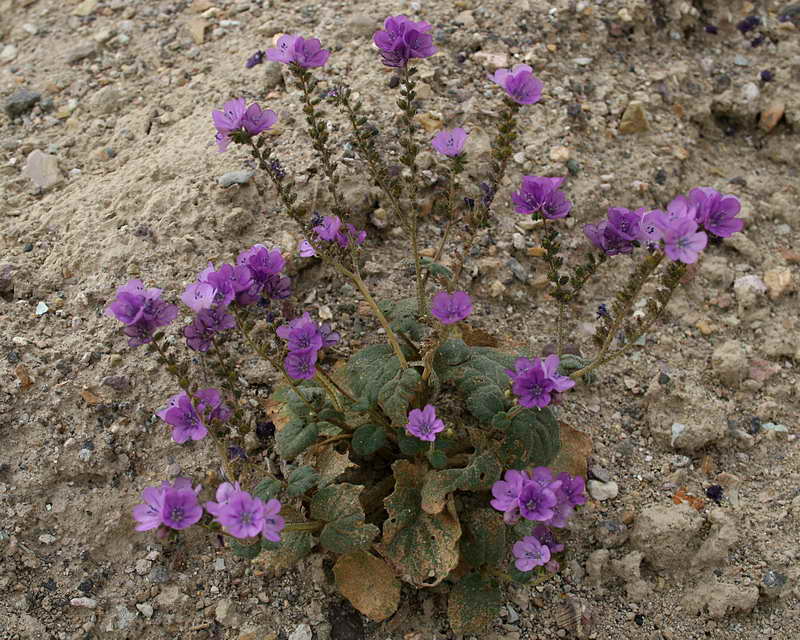
Phacelia calthifolia [?]
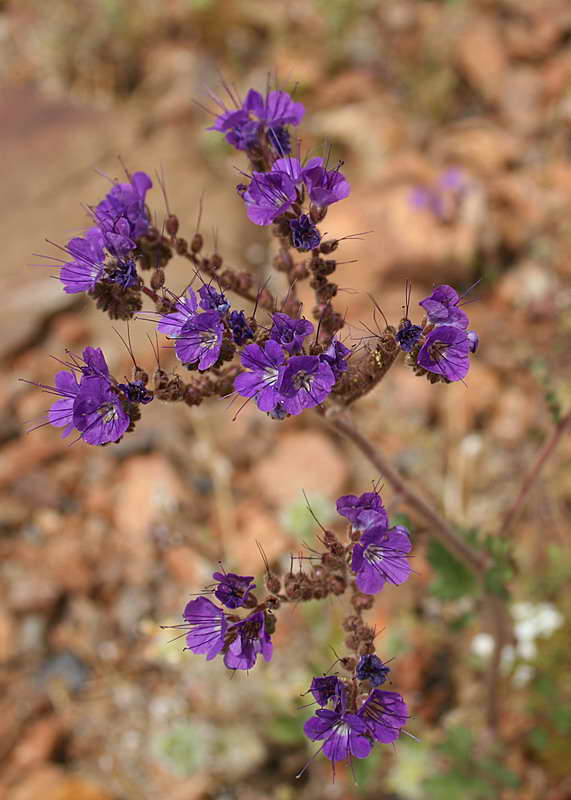
Notchleaf phacelia (Phacelia crenulata -- tiny, delicate flowers, common with desert flowers.
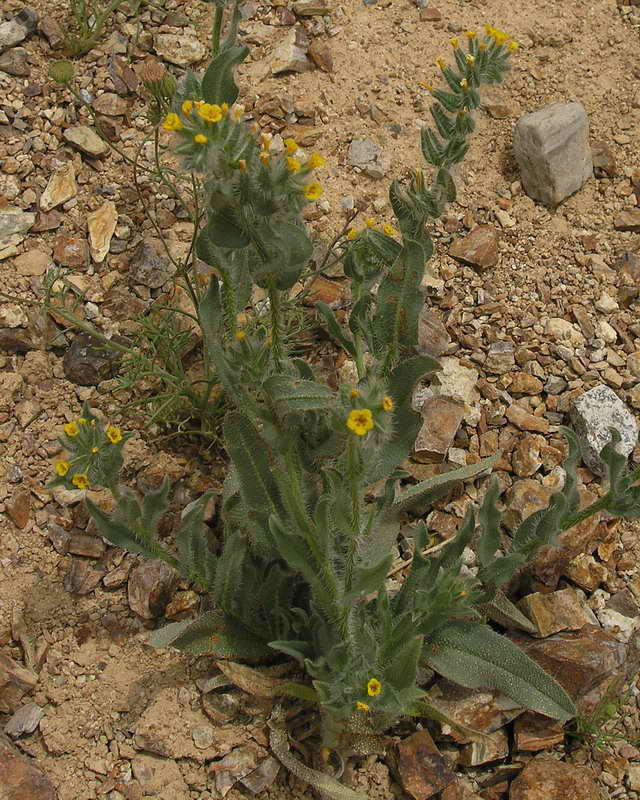
Fiddleneck (Amsinckia tessellata), part of the Borage or Forget-Me-Not family.
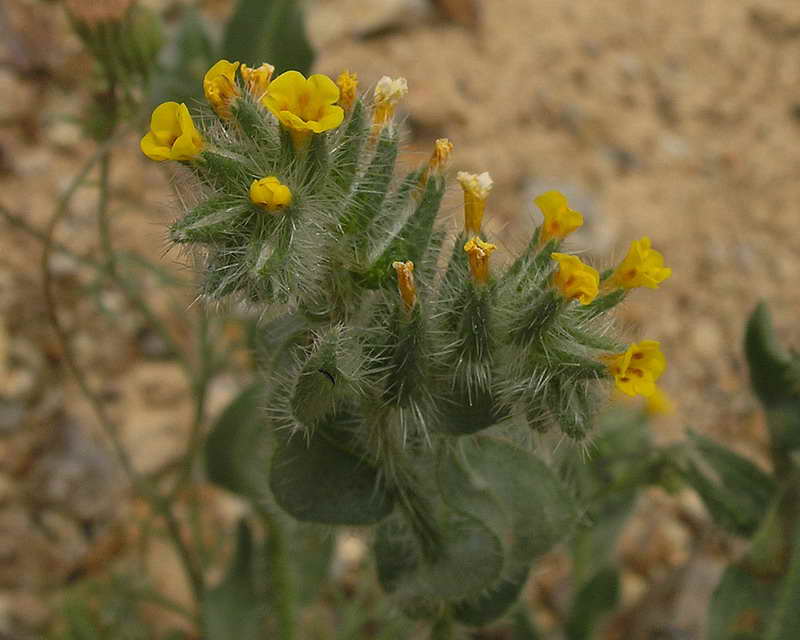
Fiddleneck blossoms up close, each about a quarter-inch in size and ringed with dew-catching spines.
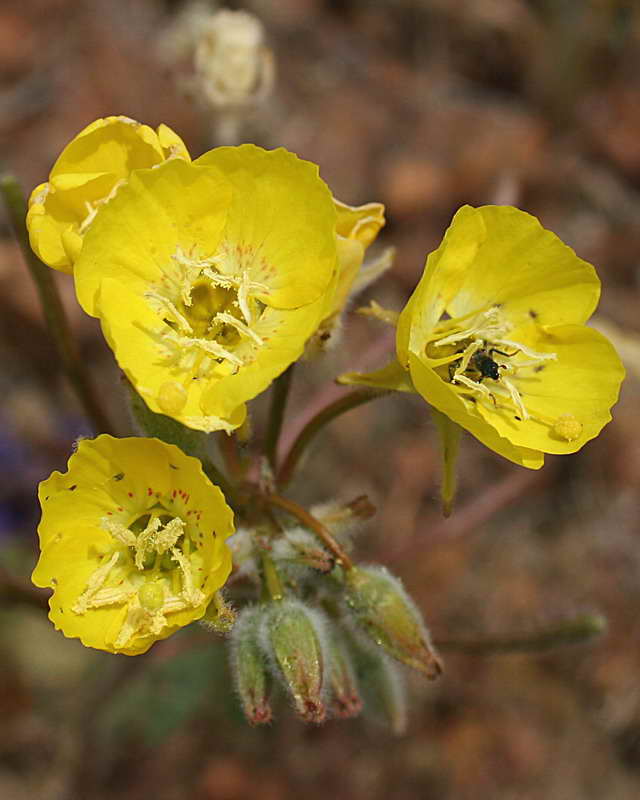
Desert Primrose (Camissomia brevipes); deep in the flower, a hiding place for insects.
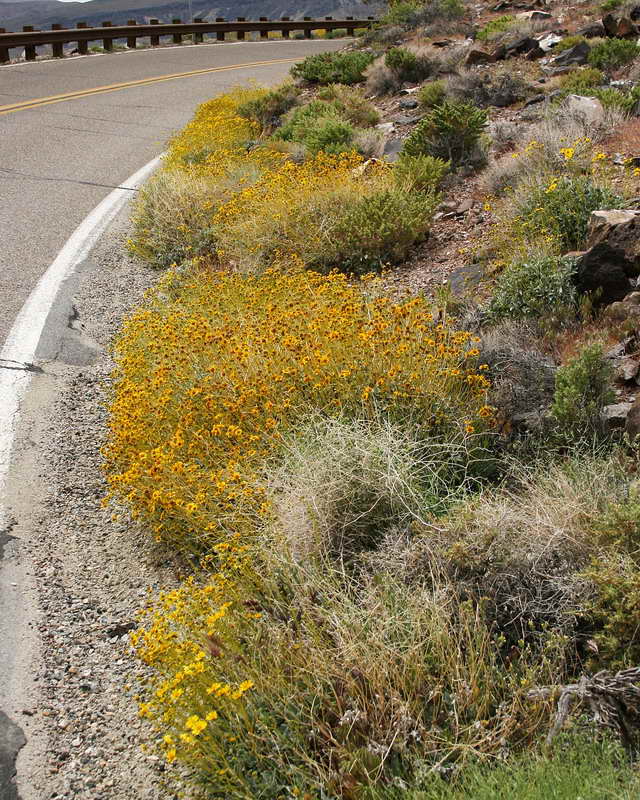
Road-side color: Brittlebrush sunflowers.
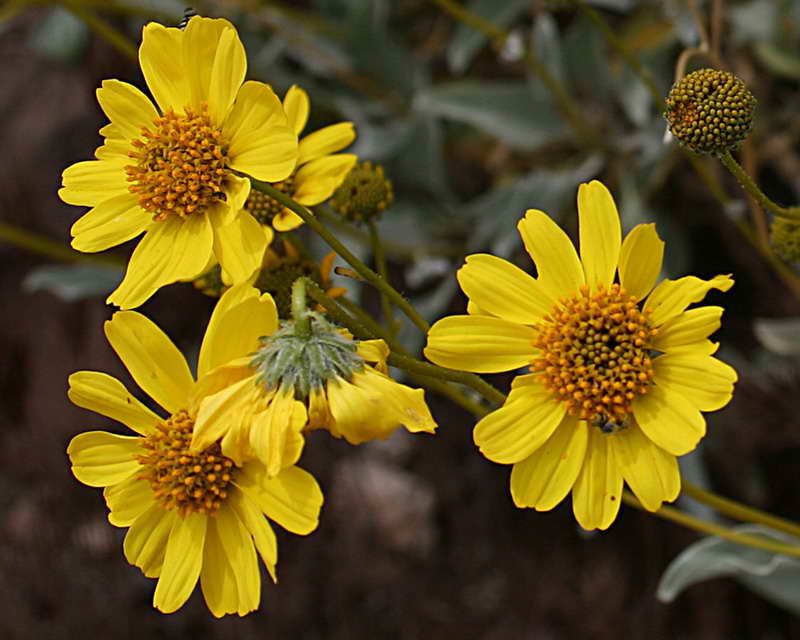
Brittlebush flowers (Encelia farinosa)
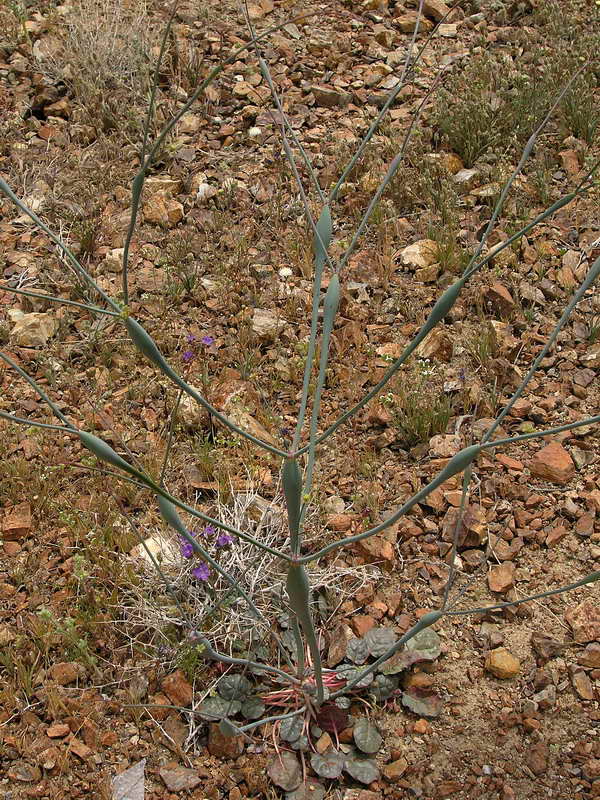
The stick-man-like Desert Trumpet (Eriogonum inflatim); tiny flowers hide at the top of each bulbous section of the stems.
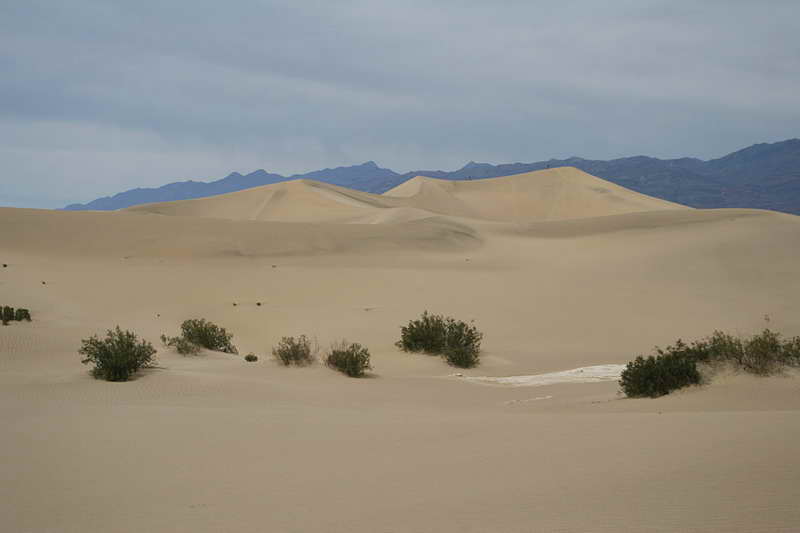
The Sand Dunes, west-entrance of Death Valley—after hours of driving, an opportunity to stretch our legs. Destination: The tallest dune about a half-mile away.
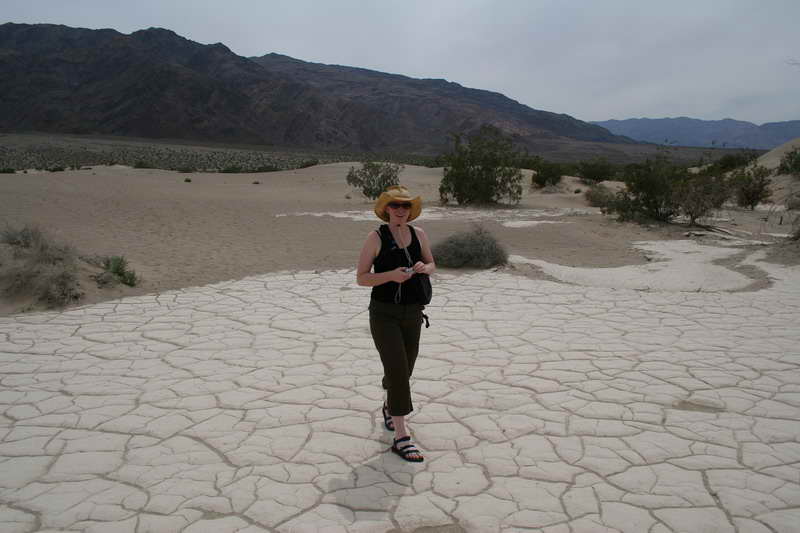
Pavement-like hard pan—deposited by standing water?
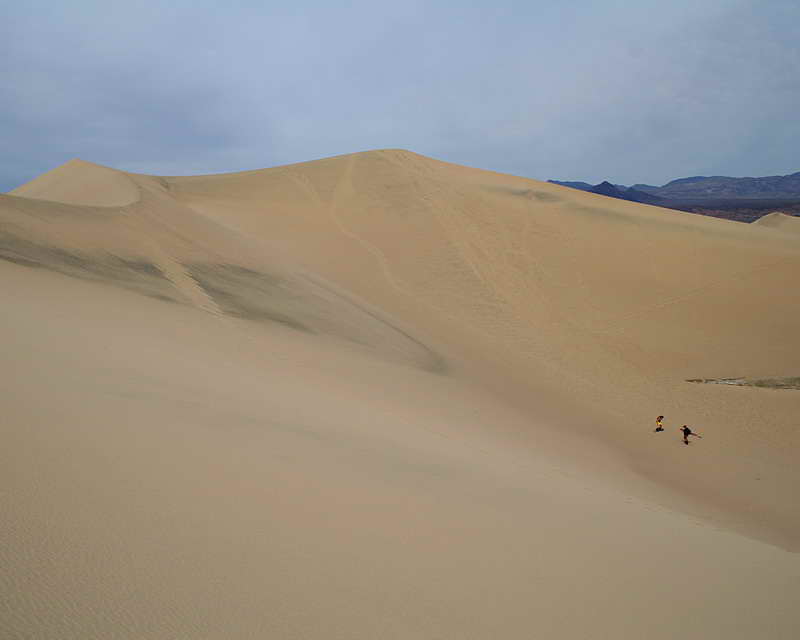
Sandboarding? A woman on a snowboard and a guy on skis try the slopes of Death Valley.
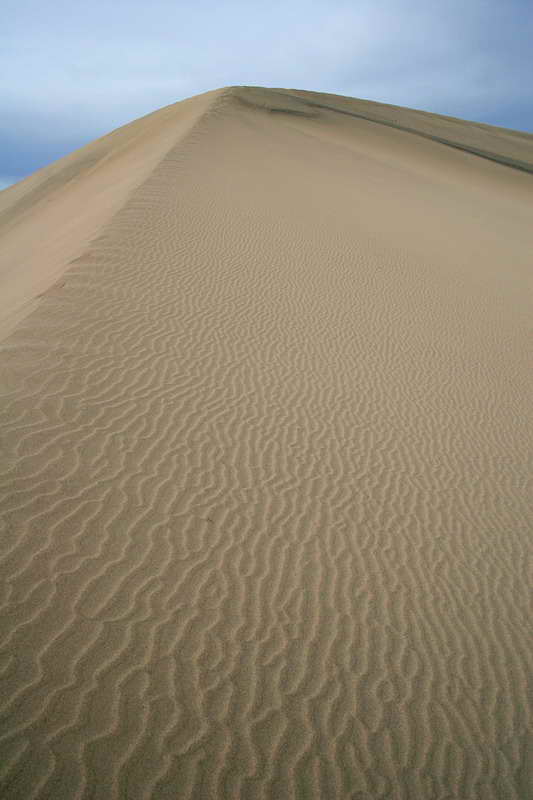
Final ridge to the top of the Big Dune.
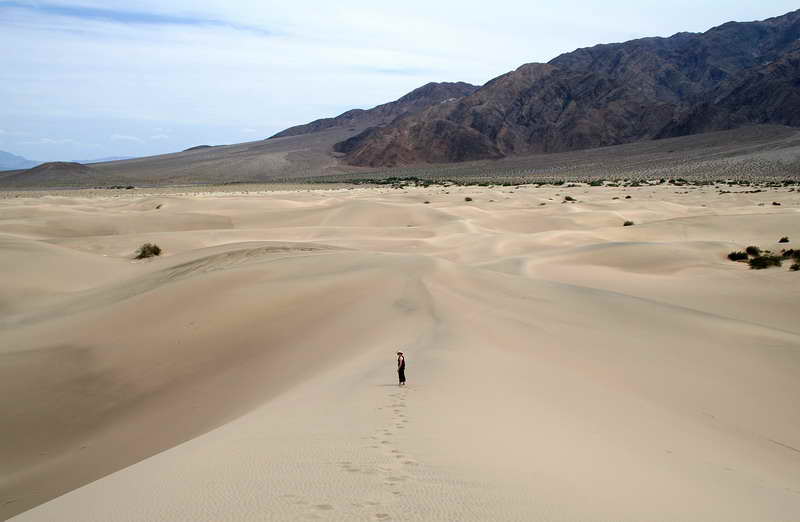
A long, hot slide back to the car. It in the high 80s on the sand. Fine and soft, it's a challenging walk.
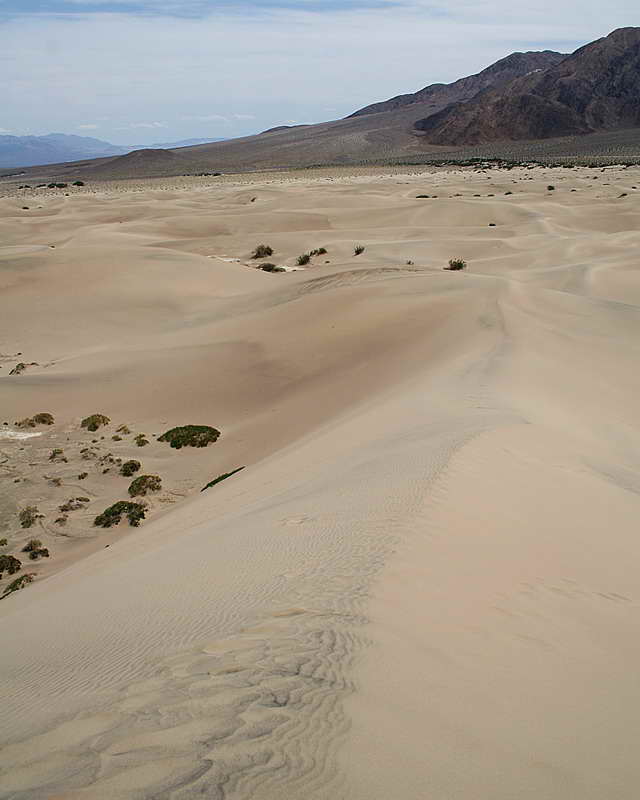
A land of subtle colors.
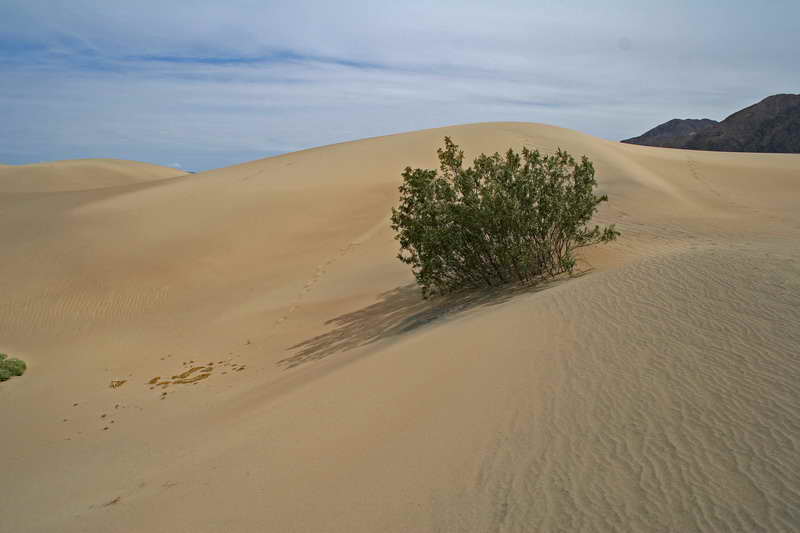
Life flourishing on the baking sand. Willow-like brush about five feet high. Must have very deep roots.
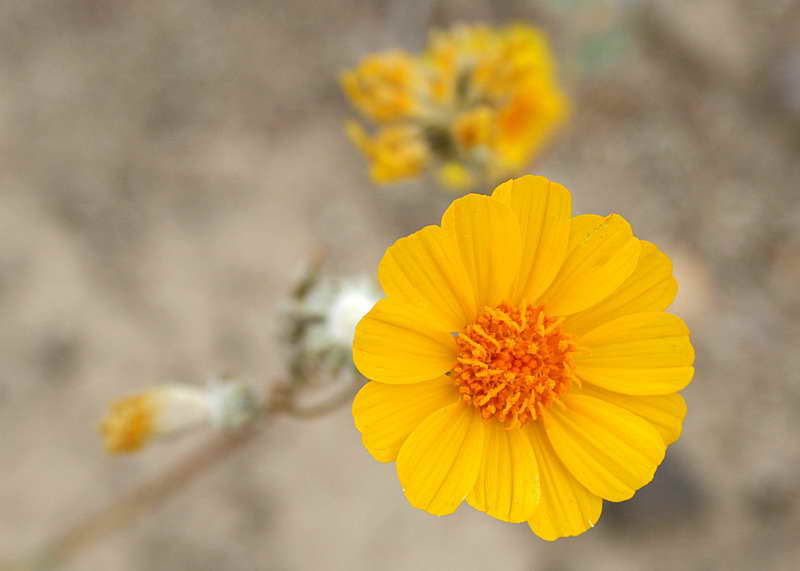
Desert Gold (Gerea canescens).
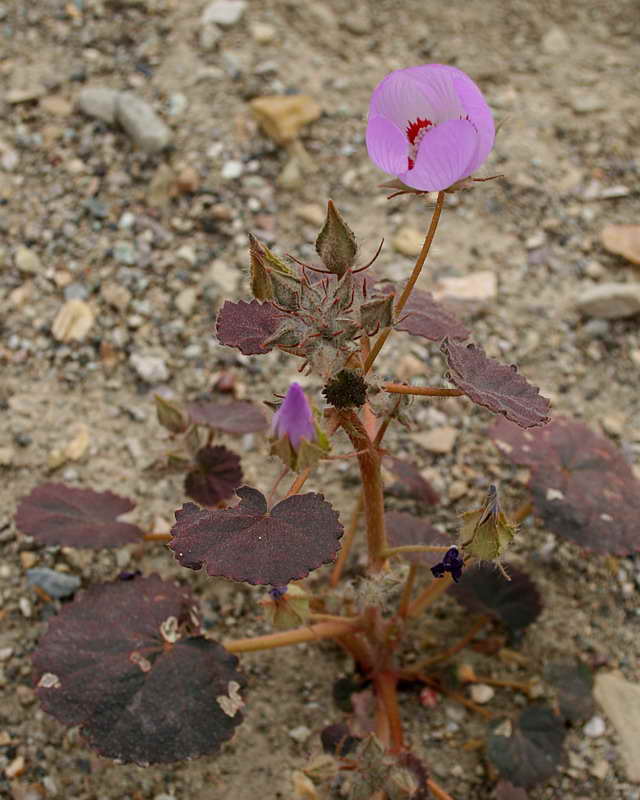
The delicate Desert Five-Spot (Eremalche rotundiflia) along the Death Valley roadside.
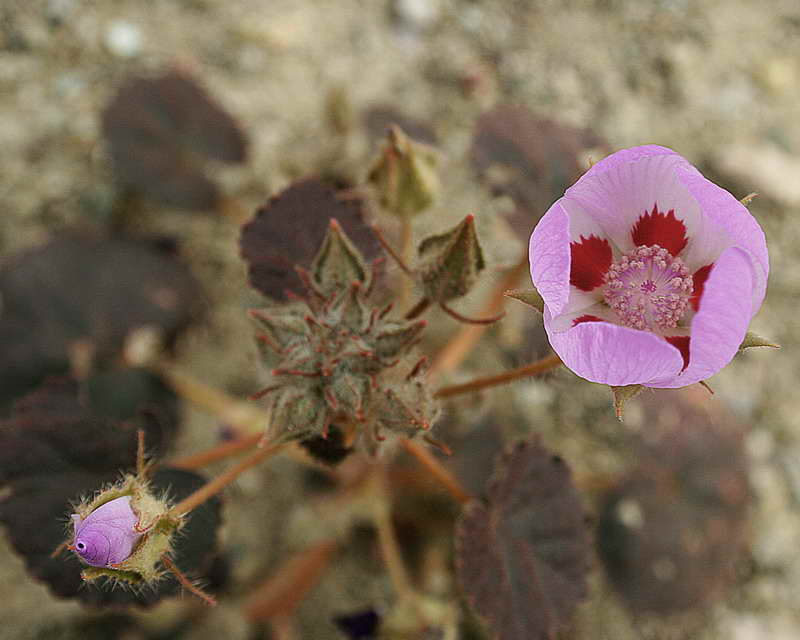
Beautiful globe within the globe.
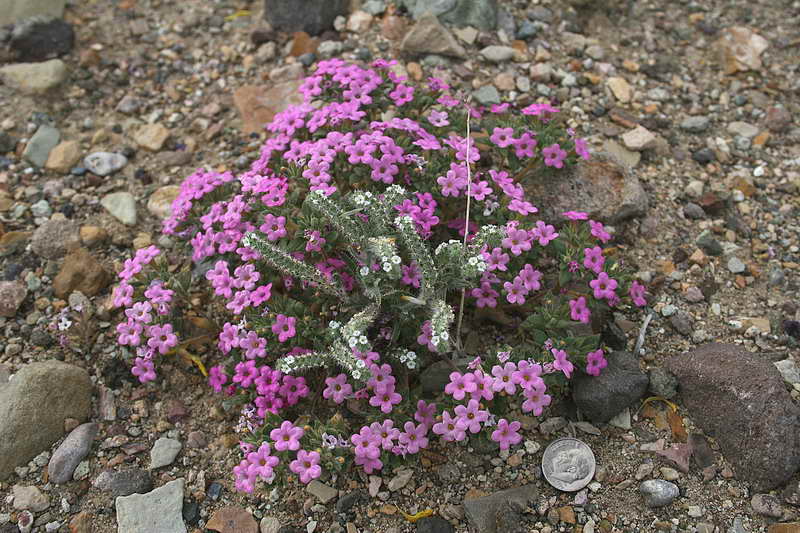
Purple Mat (Nama demissum) surrounding Forget-Me-Not.
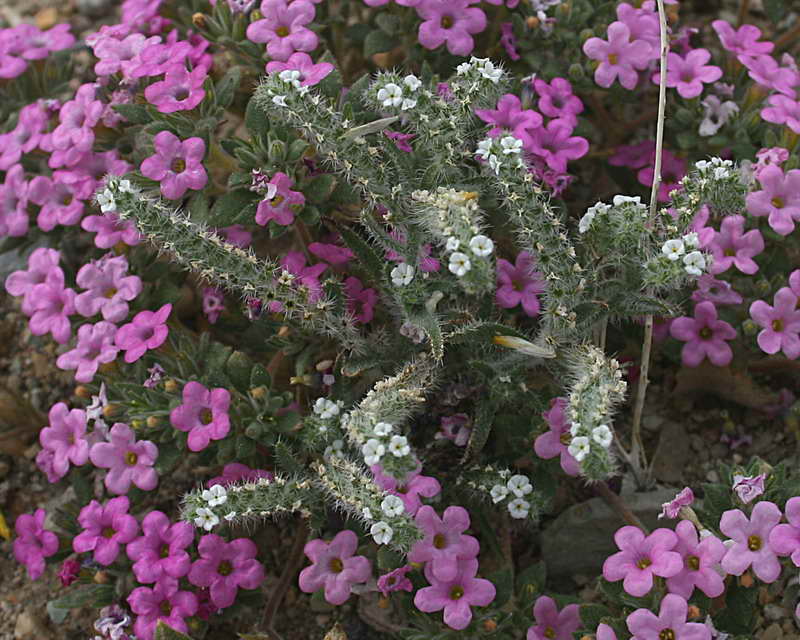
Looking like a miniature cactus, the Scented Forget-Me-Not (Cryptantha utanhensis).
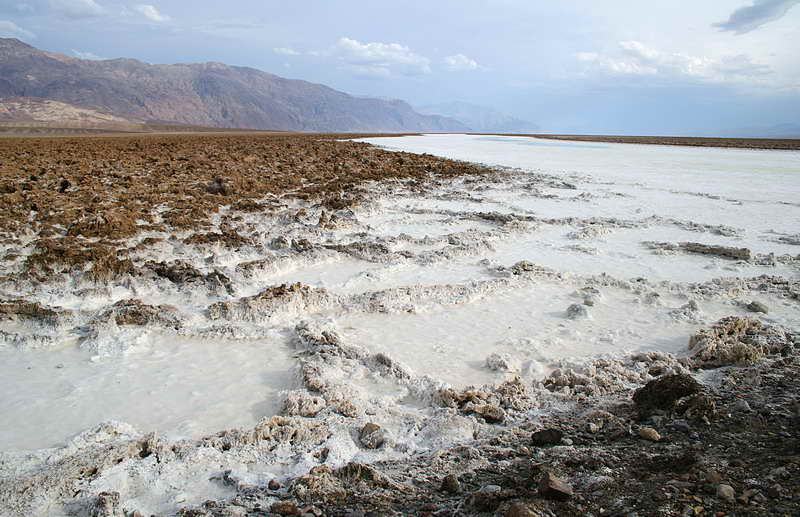
Last of the winter Death Valley lakes. It looks still damp at first, but it is dry, crystalline, and hard as rock. Insects are found entombed in the crystals of concentrated minerals-salt?

Smooth, hard remnants of short-lived lakes.
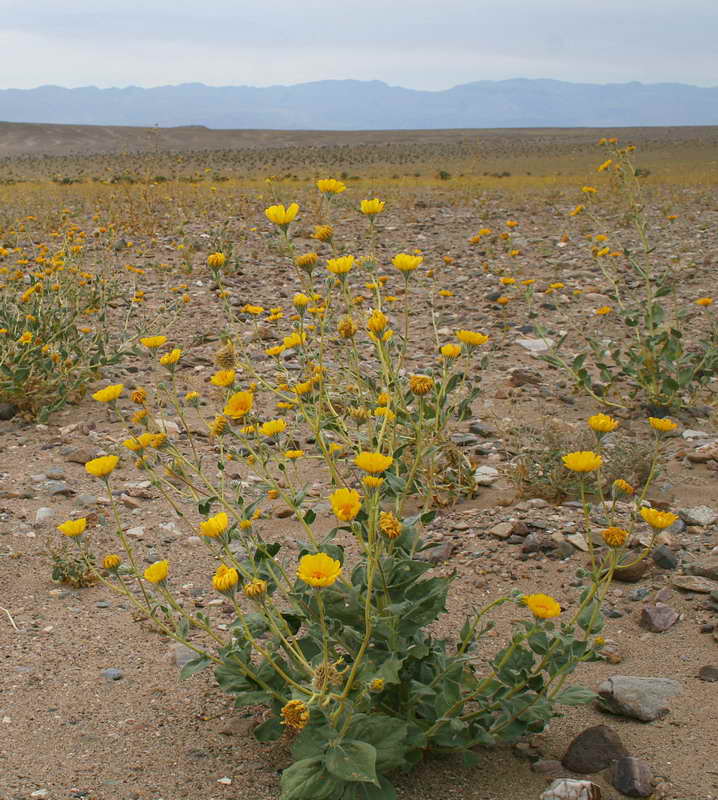
A yellow carpet of Desert Gold (Garaea canescens).
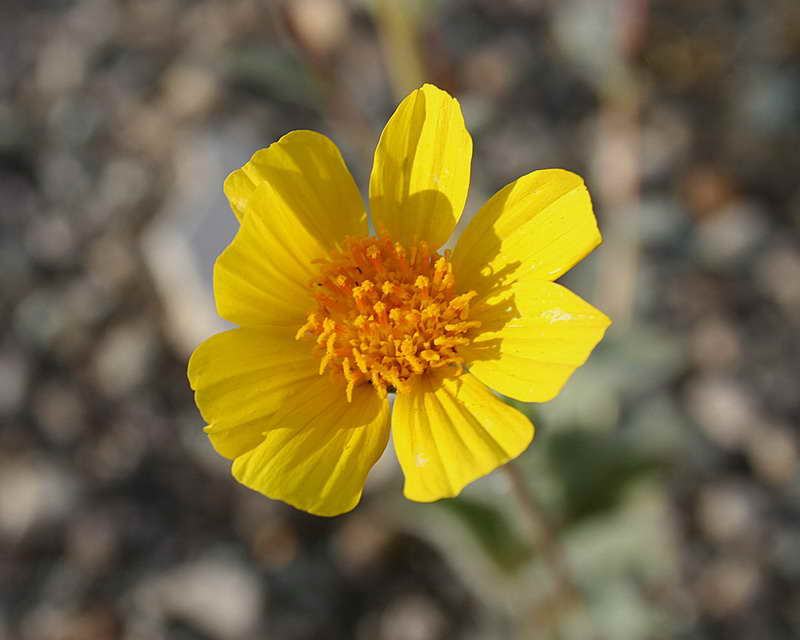
A lovely blossom of Desert Gold.
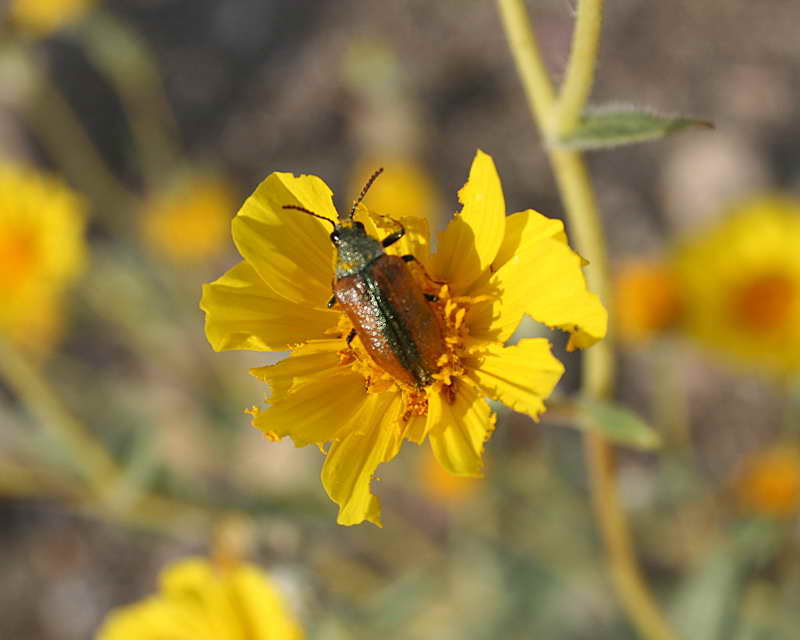
A bounty for insects.
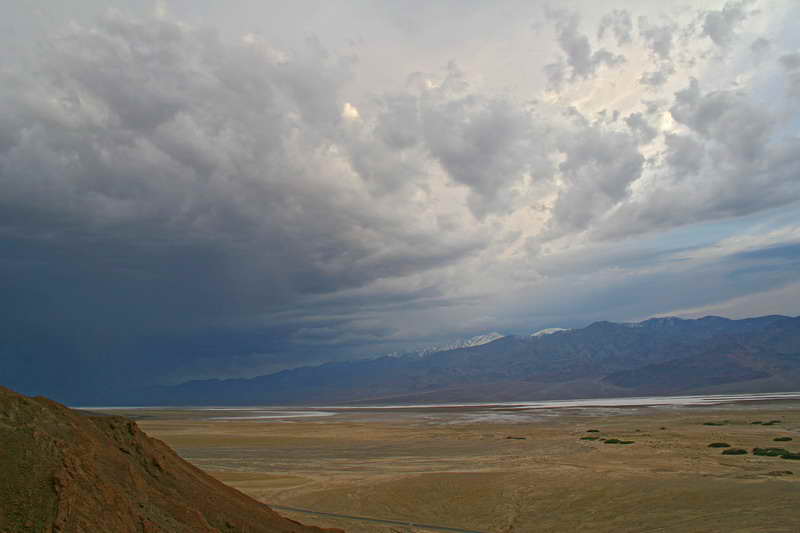
Late afternoon, looking west—a storm brewing to the south.
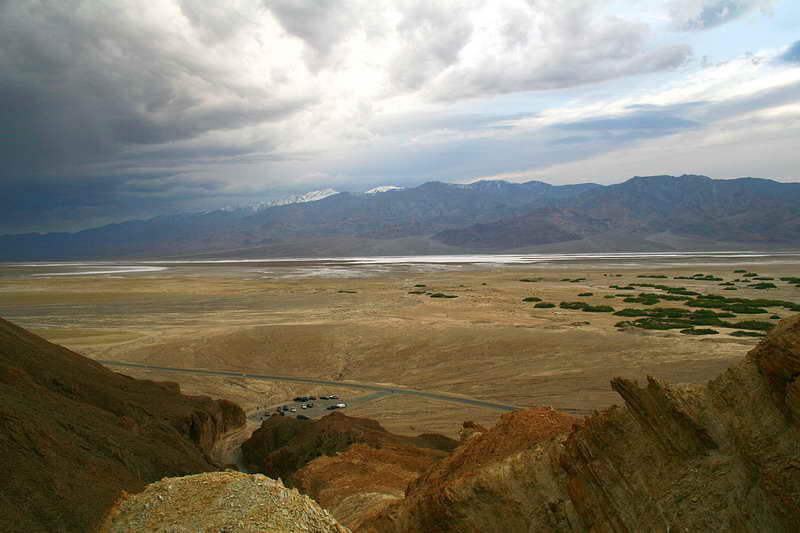
After a hike up a steep canyon—scrabbling hands and feet--we hear thunder to the south and retreat back to the car.
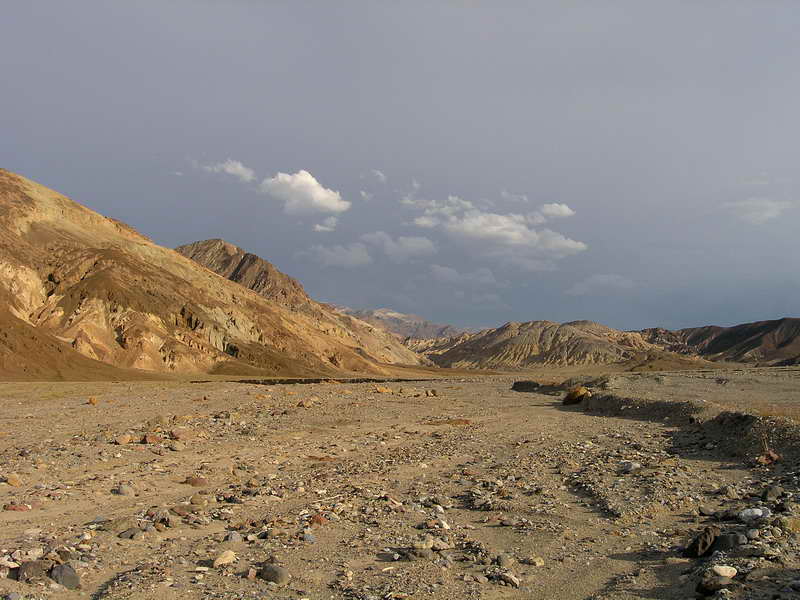
Desert wash along the east side of the valley, just south of Furnace Creek.
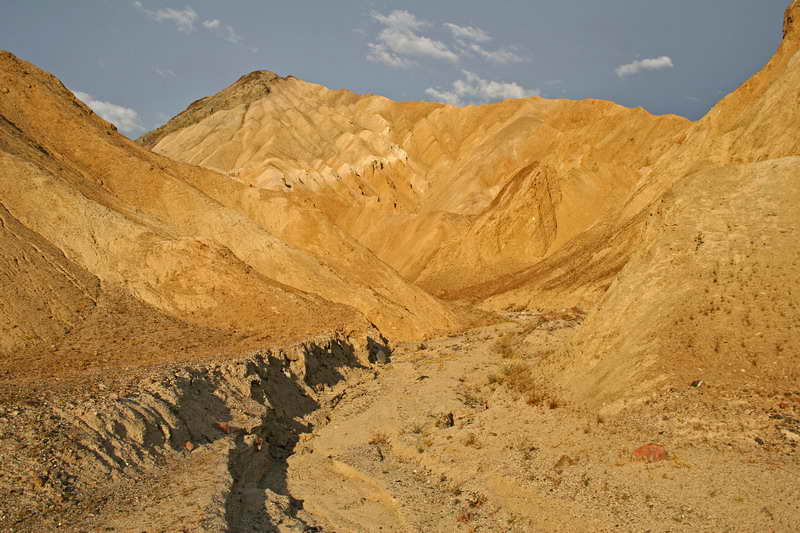
Late-afternoon sun lights up the canyons of the Amargosa Range, south of Furnace Creek.
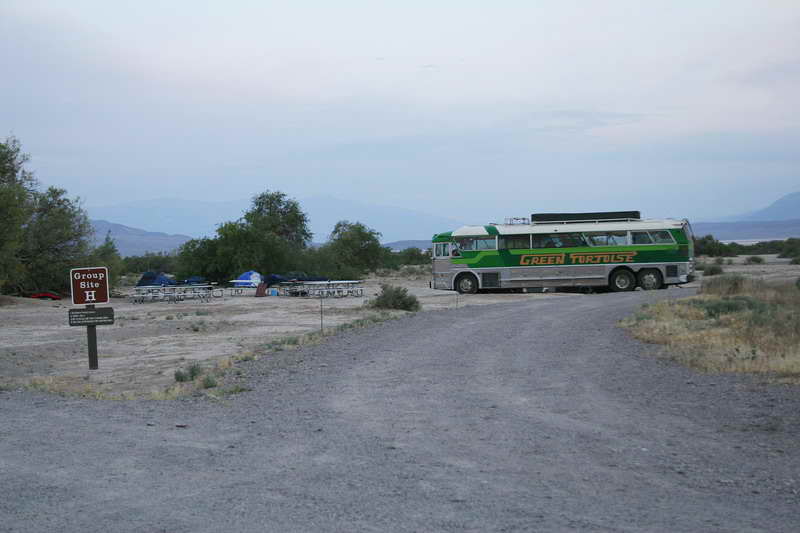
The Green Tortoise tours Death Valley.
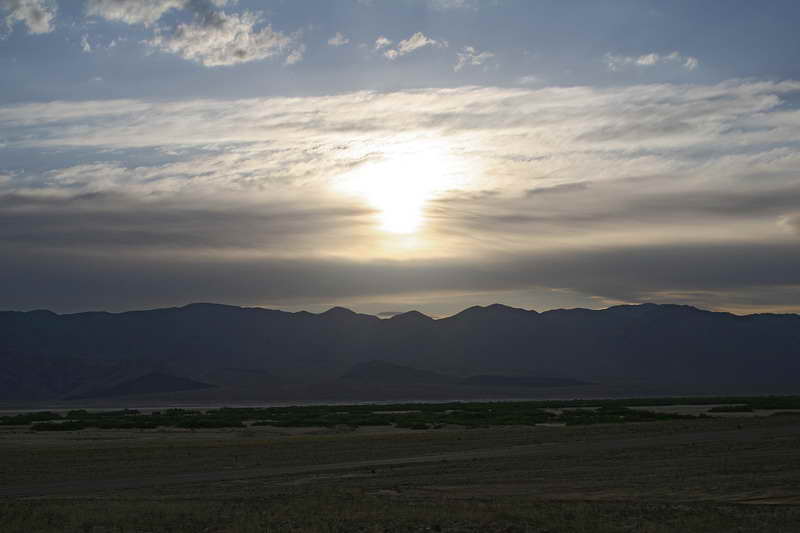
Sunset over the Panamints.
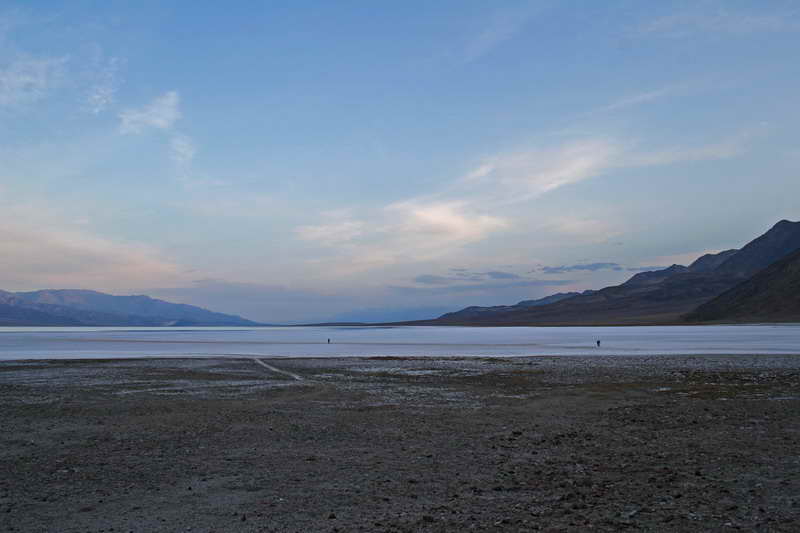
Early morning, looking north over the salt pans.
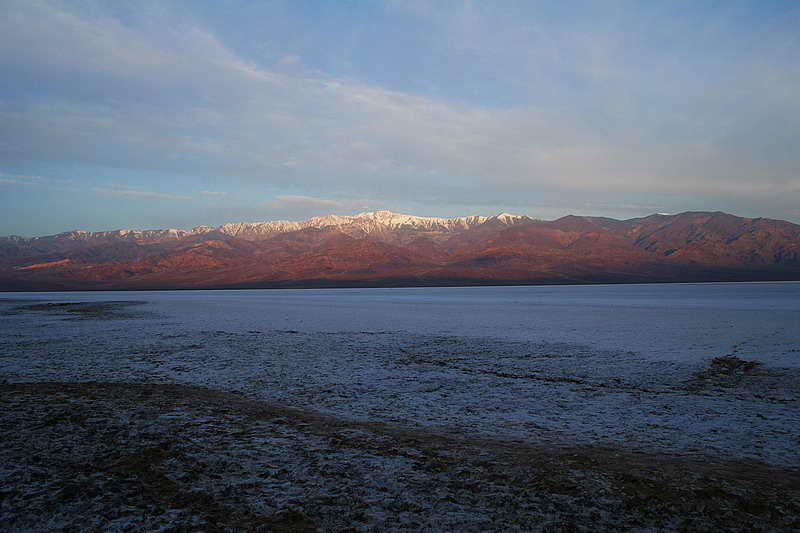
Morning sun on the Panamint Range, western Death Valley.
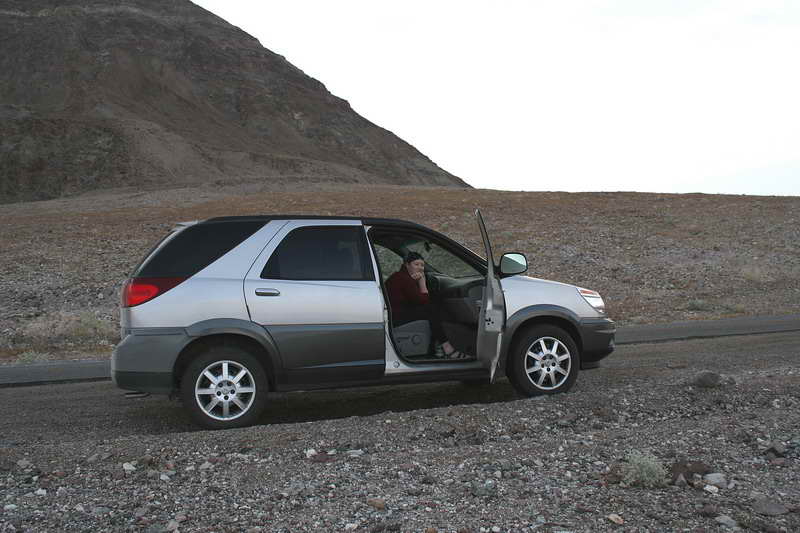
The rental Rendezvous: We decided it must be the dumbest SUV on the road.